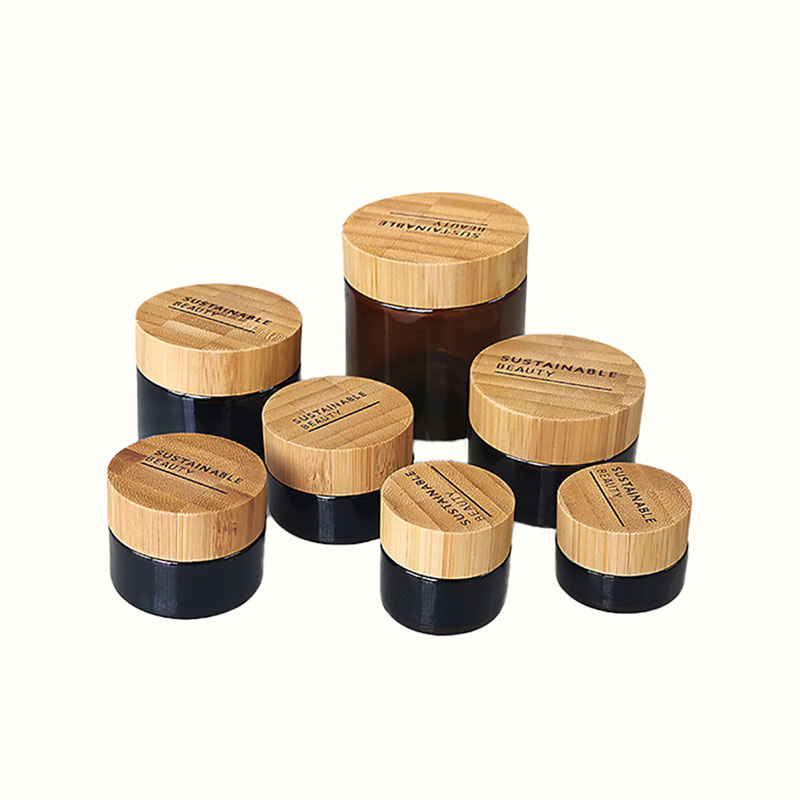Free sample for Bamboo Products - Bamboo Round Shape Refillable Loose Powder Box – YiCai
Free sample for Bamboo Products - Bamboo Round Shape Refillable Loose Powder Box – YiCai Detail:
Shapes and Design:
The design of the round and straight box is clean and simple. lt use5 a single pure natural bamboo color,combined with the natutal bamboo pattern, to bring the packaging beauty of natural simplicity and texture tothe product Though our years of process research, from the texture matching of materials to the innovationof production technology, the surface of the product can have adelicate and aesthetic feeling different fromordinary bamboo products.
Features
Sustainable and eco-friendly raw material
Bamboo is a pure natural and fully degradable raw material, in line vith FSC certification,PET and PP anenon-toxic and tasteless environmental proteation materials. Bamboo raw materials are chosen after being cleaned of green and yeallow, and then they are heated to 120degrees in a steam oven. They are dried and dried !ill they are carbonized bamboo after two hours of steamtreatment.
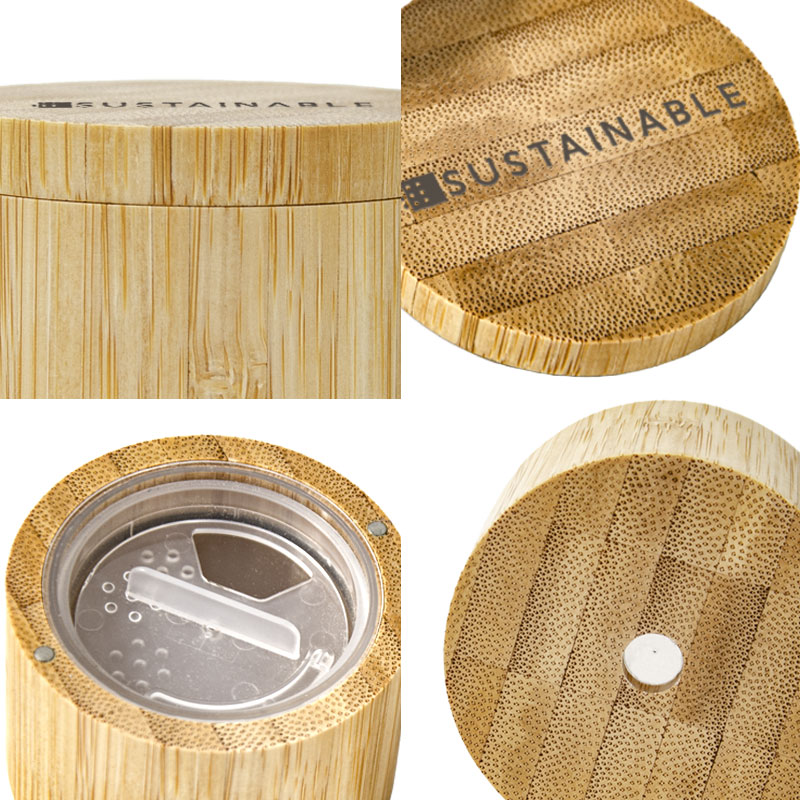
This organic and non-polluting form of processing results in carbonized bamboo that is extremely.rigid. durable,and difficult to mold;
Sustainable and eco-friendly raw material
Bamboo is a pure natural and fully degradable raw material. in line vwith FSC cartification,PET and PP arenon-toxic and tasteless environmental protection materials.
amboo raw materials are chosen after being cleaned of green and yeallow, and then they are heated to 120degrees in a steam oven. They are dried and dried ill they are carbonized bamboo after two hours of steamtreatment.This organic and non-polluting formn of processing resuits in carbonized bamboo that is extremelyrigid durable, and dificullt to mold;
PET and PP materials are non-toxic, odorless, andenvironmentally friendly materials that provide a stronga5surance for the stability of hair care products.PET is a thermoplastic polyester with a high degree ofhardness, a surface that is reasonably smooth and lustrous, anti-friction properties, and strong dimensionalstability.Polypropylene, sometimes known as PP, is the lighter variety of resin polymers. Microwave heatingbenefits include being tasteless, odorless, and non-toxic, as well as having strong heat resistance, goodhygienic performance, and stable chemical performance.
The built-in package of the product can be sold separately or as a replacement package.When the product isdiscarded, it is very easy to disassemble, and it is recycled and degraded separately as a waste material.
Bamboo and environmentally friendly PP greatly reduce the use of non-dagradable plastics.
Safety and Quality Guarantee
Our many years of experience in the research and development and investment of bambooproducts,as well as our series of customized bamboo production and processing fromscreening materials to raw material processing, including production technology, havegreatly improved the accuracy of bamboo and improved the ease of bamboo itself.Shrinkage, mildew and other weaknesses, combined with PP built-in parts to achieveperfect matching and firmnes5.
Product detail pictures:
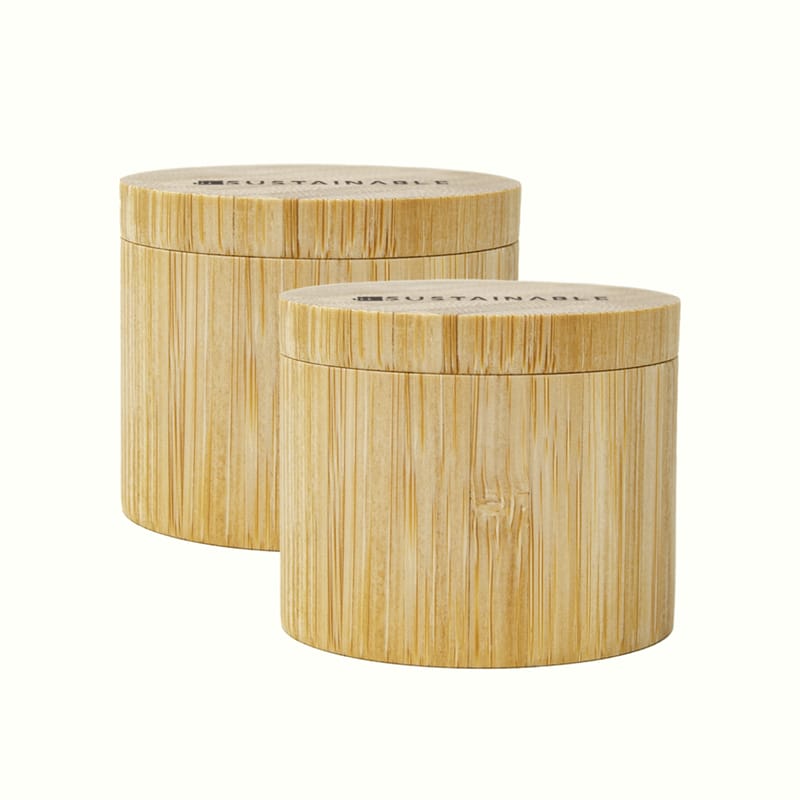
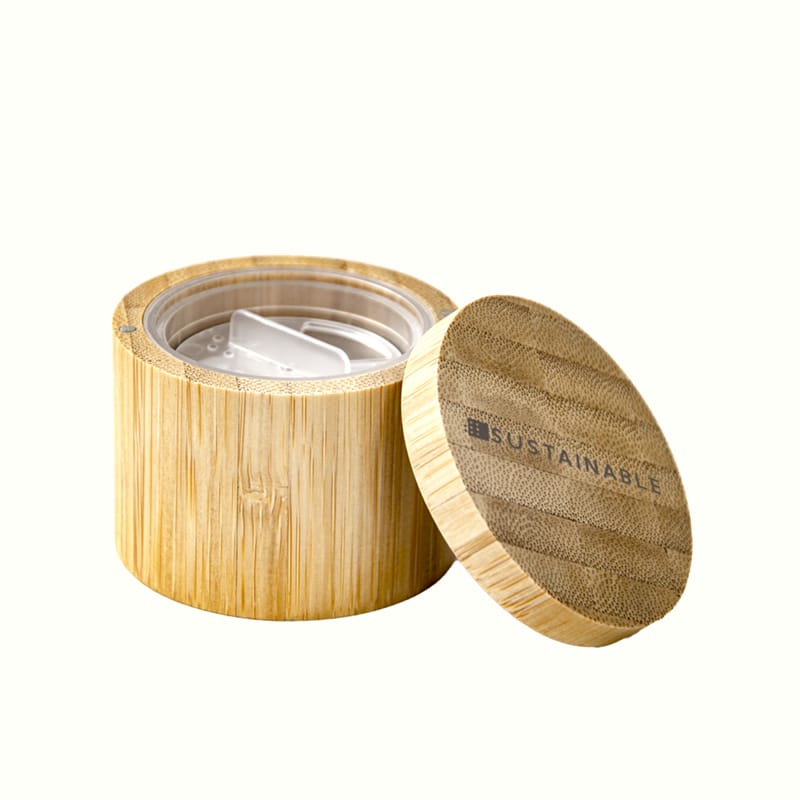

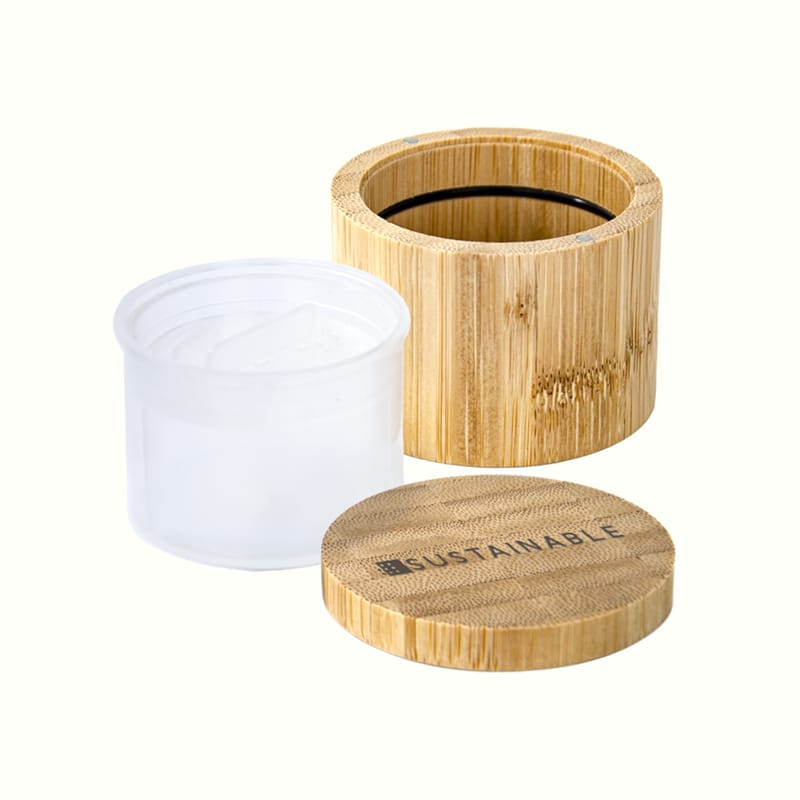

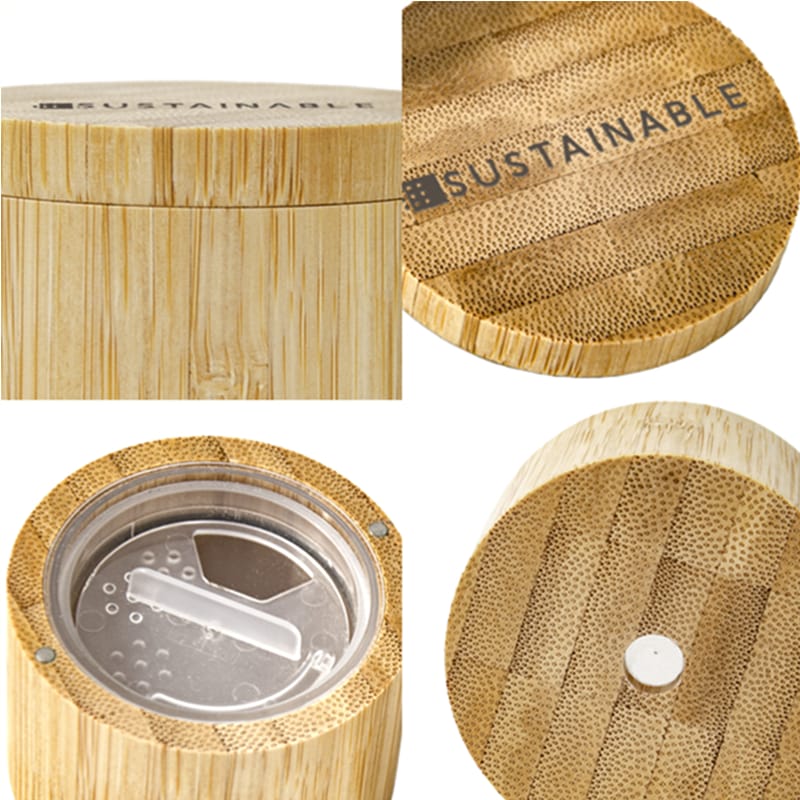
Related Product Guide:
Biodegradable cosmetic packaging has become increasingly popular in recent years as consumers become more aware of the negative impact that traditional plastic packaging can have on the environment. Biodegradable packaging materials are designed to break down naturally over time, often through exposure to sunlight, heat, or moisture. Some common examples of biodegradable materials used in cosmetic packaging include cornstarch, sugarcane, and bamboo-based materials. In addition to being more environmentally friendly, biodegradable packaging can also help to reduce the amount of plastic waste that ends up in landfills and oceans. Many cosmetic companies are now making a conscious effort to switch to biodegradable packaging in order to reduce their environmental impact and appeal to eco-conscious consumers. Free sample for Bamboo Products - Bamboo Round Shape Refillable Loose Powder Box – YiCai, The product will supply to all over the world, such as: Bolivia, Ottawa, Doha, One of the biggest environmental concerns of our time is plastic waste. Plastic is a non-biodegradable material and doesn't break down easily, which means it persists in the environment for hundreds of years, polluting our oceans, harming marine life, and disrupting ecosystems. To combat this issue, many individuals and organizations are taking steps to reduce their plastic use, recycling more, and advocating for more sustainable practices. There are also many innovative solutions being developed, such as biodegradable plastics and alternative materials like bamboo, to help reduce our reliance on traditional plastics. Ultimately, reducing plastic waste requires a collective effort and a commitment to sustainable and environmentally-friendly practices.
The factory workers have rich industry knowledge and operational experience, we learned a lot in working with them,we are extremely grateful that we can encount a good company has excellent wokers.


